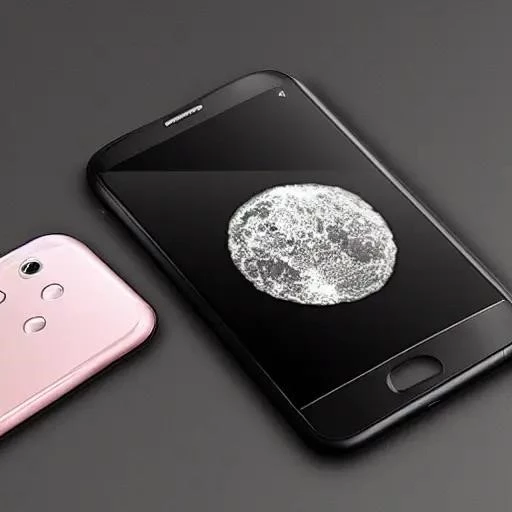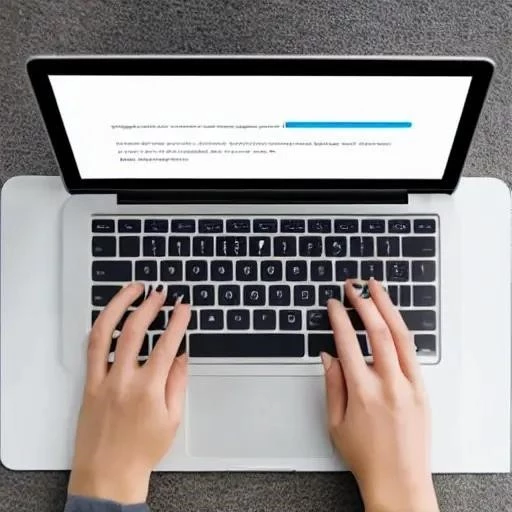In an increasingly interconnected world, geographical distances are shrinking, yet the longing to connect with loved ones, colleagues, or business partners across continents remains a poignant human desire. For Australians reaching out to the United States, the vast Pacific Ocean once represented a formidable barrier, both literally and metaphorically, laden with complex international dialing procedures and prohibitively expensive call rates. However, the digital revolution has dramatically reshaped this landscape, transforming what was once a luxury into an incredibly accessible everyday convenience. We now stand at the precipice of an era where seamless global communication is not just a possibility, but a remarkably straightforward reality, bridging thousands of miles with just a few taps on your mobile device.
The narrative of international calling is a testament to human ingenuity and technological progress. From the crackling, static-filled long-distance calls of yesteryear, often routed through multiple operators and incurring eye-watering charges, we have journeyed to an age of crystal-clear digital conversations. This evolution has democratized global communication, empowering individuals and businesses alike to maintain vital connections without financial strain or technical headaches. Whether you’re a parent checking in on a child studying abroad, an entrepreneur coordinating with a US-based supplier, or simply catching up with a friend, the modern tools available make connecting with the USA from Down Under easier and more affordable than ever imagined.
| Calling Method | Description & Key Features | Pros | Cons | Best For |
|---|---|---|---|---|
| Traditional International Dialing | Utilizing your Australian mobile carrier’s network by dialing specific international access codes (0011) followed by the country code (1), area code, and local number. | Reliable, no internet needed for recipient, works with any phone. | Can be expensive, per-minute charges vary significantly by carrier. | Emergencies, calls to landlines, when internet access is unavailable. |
| Voice over Internet Protocol (VoIP) Apps | Applications like WhatsApp, Skype, Google Voice, and Zoom that use an internet connection (Wi-Fi or mobile data) to make calls. | Often free (app-to-app), low-cost international calls, video calling, group calls, excellent quality with good internet. | Requires internet access for both parties (for free app-to-app calls), recipient needs the app installed. | Regular communication with tech-savvy friends/family, business meetings, video calls. |
| International Calling Cards | Pre-purchased cards with a set amount of credit for international calls, accessed via a local access number and PIN. | Can be significantly cheaper per minute than traditional calls, no internet needed for recipient. | Can be cumbersome (dialing access numbers and PINs), potential hidden fees, quality can vary. | Budget-conscious callers, calls to landlines where recipients don’t have VoIP apps. |
| Mobile Carrier International Packs/Add-ons | Additional plans or bundles offered by Australian mobile providers (e.g., Telstra, Optus, Vodafone) specifically for international calls. | Convenient, integrated billing, often includes specific minutes or SMS, reliable. | Cost can vary widely, requires careful comparison of plans, not always the cheapest option. | Users preferring simplicity and convenience, those already with a strong carrier relationship. |
Reference Link: For general international calling advice, a good starting point is often your own mobile carrier’s official international roaming or calling page. For example, you might consult Telstra’s International Calling & Roaming information (note: this is an example link and may not be current or specific to international calling from Australia to the USA, but illustrates the type of resource).
The most traditional method, still incredibly effective for its sheer reliability, involves simply dialing the correct sequence of numbers. From Australia, you’ll typically start with `0011`, which is Australia’s international direct dialing (IDD) exit code. Following this, you’ll input `1`, the country code for the United States. Then, you’ll need the specific three-digit area code for the US region you’re calling, followed by the seven-digit local phone number. For example, to call a number in New York City (area code 212), you would dial `0011 1 212 XXX XXXX`. This method, while straightforward, often comes with higher per-minute costs from your mobile carrier, making it a less budget-friendly option for lengthy conversations unless you have a specific international calling plan.
Venturing beyond the conventional, Voice over Internet Protocol (VoIP) applications have truly revolutionized cross-border communication. Platforms such as WhatsApp, Skype, Google Voice, and even Facebook Messenger allow you to make voice and video calls over an internet connection, often at no cost if both parties are using the same app. This digital handshake across continents offers unparalleled clarity and convenience, transforming how we interact globally. By leveraging readily available Wi-Fi or mobile data, these apps eliminate the traditional per-minute charges, proving remarkably cost-effective for frequent callers. The only prerequisite is a stable internet connection for both the caller and the recipient, making them an incredibly popular choice for personal and casual business interactions.
For those seeking an alternative to direct carrier charges without relying solely on internet-based apps for the recipient, international calling cards present a compelling solution. These prepaid cards, purchased from various retailers, offer blocks of calling minutes to international destinations at often significantly reduced rates. The process usually involves dialing a local access number provided by the card, entering a unique PIN, and then dialing the US number. While requiring a few extra steps, the substantial savings can make this a highly attractive option, particularly for calls to landlines or for individuals less familiar with VoIP technology. However, it’s crucial to scrutinize the terms and conditions, as some cards may have connection fees or expiry dates.
Finally, Australian mobile carriers themselves have adapted to the demands of a globalized world, offering a range of international calling packs and add-ons. Major providers like Telstra, Optus, and Vodafone now provide bundles that include a set number of international minutes to specific countries, including the USA, for a fixed monthly fee. These plans offer the convenience of integrated billing and often superior call quality, as they utilize your carrier’s established network infrastructure. While potentially more expensive than some VoIP alternatives, they provide a seamless, reliable experience, alleviating the need for separate apps or calling cards. It is always wise to compare the offerings from different carriers, assessing your typical call volume and duration to select the most economically sound and personally suitable option.
“The landscape of international communication has never been more dynamic,” observes Dr. Anya Sharma, a leading telecommunications analyst. “We’re seeing a fascinating convergence of traditional reliability and digital innovation. The key for consumers is to understand their specific needs and then intelligently choose from the rich tapestry of options now available. Whether it’s the robust stability of carrier plans or the incredible flexibility of VoIP, the future of global connection is about empowering the individual.” This expert perspective underscores the incredible advancements defining our current communication era.
To optimize your calling experience, consider a few simple tips: always check the current time in the US state you’re calling to avoid inconvenient interruptions; ensure you have a strong internet connection if using VoIP apps; and regularly review your mobile plan for any international calling inclusions or add-ons that might save you money. The journey from Australia to the USA, once a marathon of logistical challenges, has been transformed into a sprint of digital ease. Connecting with the American continent from your Australian mobile is no longer a complex endeavor but a remarkably accessible and often cost-free venture. The future of global communication is here, and it’s wonderfully within reach, inviting us all to embrace the boundless opportunities of an ever-shrinking world.






